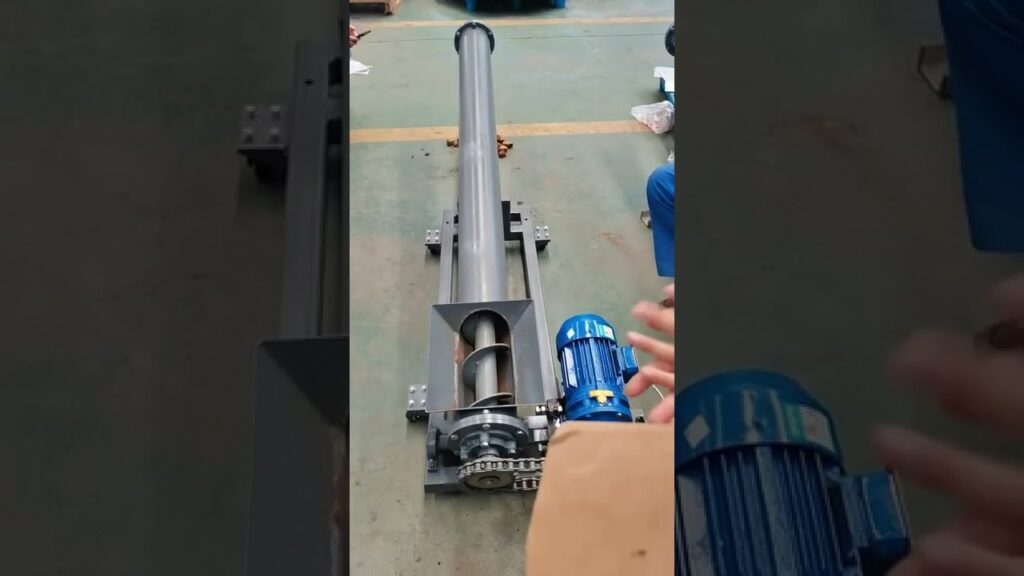Title: Enhancing Efficiency in Industrial Handling with Material Lifting Lifts
Introduction
Industrial handling machines, such as material lifting lifts, play a crucial role in numerous manufacturing and engineering projects. These machines streamline the process of moving heavy materials, optimizing productivity and reducing the risk of workplace injuries. In this article, we will explore the significance of material lifting lifts in industrial settings and delve into their fabrication and manufacturing processes.
Understanding Material Lifting Lifts
Material lifting lifts are indispensable tools in industries that involve the handling of heavy objects on a regular basis. These lifts provide a safe and efficient means of elevating heavy loads, allowing workers to transport materials with ease. They are equipped with sturdy platforms or cages that can carry substantial weights while maintaining stability and balance.
Fabrication and Manufacturing of Material Lifting Lifts
To ensure reliable and robust material lifting lifts, the fabrication and manufacturing processes must adhere to stringent guidelines. The following steps are involved in the production of these essential industrial handling machines:
1. Designing the Lift Structure:
– The first step in manufacturing a material lifting lift is designing a sturdy and durable structure that can withstand heavy loads. Engineers employ advanced software and simulation tools to create accurate and precise 3D models.
– During this stage, factors such as load capacity, lifting height, safety features, and ergonomic considerations are taken into account.
2. Selection of Suitable Materials:
– The choice of materials directly impacts the reliability and longevity of material lifting lifts. High-strength steel and alloys are commonly used due to their ability to withstand heavy loads and resist mechanical stress.
– Components such as the mast, base frame, and lifting mechanisms are carefully crafted using the selected materials.
3. Fabrication and Assembly:
– Fabrication involves cutting, shaping, and welding the various components of the material lifting lift. Skilled technicians ensure precise assembly to guarantee a safe and functional final product.
– Rigorous quality checks and inspections are carried out during this stage to identify any manufacturing defects or deviations from specifications.
4. Installation of Hydraulic and Electrical Systems:
– Material lifting lifts use hydraulic and electrical systems to raise and lower the platform or cage. These systems are carefully installed, allowing for smooth and controlled operation.
– Hydraulic cylinders, pumps, valves, and electrical controls are integrated, ensuring optimal performance and safety.
5. Testing and Certification:
– Once the material lifting lift is fabricated and assembled, it undergoes comprehensive testing and certification processes.
– Load capacity tests, stability assessments, and functional checks are conducted to ensure the machine meets industry standards and regulations.
Industrial Advantages of Material Lifting Lifts
1. Enhanced Productivity:
– Material lifting lifts significantly improve productivity in industrial settings by reducing the time and effort required to move heavy materials.
– Workers can focus on other crucial tasks, as the lifts efficiently handle the lifting and transportation processes.
2. Safety and Risk Mitigation:
– By eliminating manual lifting and reducing the chances of human error, material lifting lifts help prevent workplace injuries and accidents.
– They provide a secure environment for workers, minimizing the risk of strains, sprains, and other musculoskeletal disorders.
3. Versatility and Adaptability:
– Material lifting lifts come in different configurations, such as scissor lifts, boom lifts, and vertical mast lifts, catering to a wide range of industrial applications.
– Their adaptability ensures they can be used in various settings, including warehouses, construction sites, and manufacturing facilities.
Conclusion
In conclusion, material lifting lifts are indispensable tools in the realm of industrial handling, facilitating the efficient transport of heavy materials. Their fabrication and manufacturing processes adhere to stringent guidelines, resulting in reliable and robust machines. By streamlining operations and enhancing workplace safety, material lifting lifts contribute significantly to achieving optimal productivity in industrial settings.
Handling Machine
“Lifting Heavy Materials with Efficiency | Industrial Handling Machine for Mechanical Projects”


